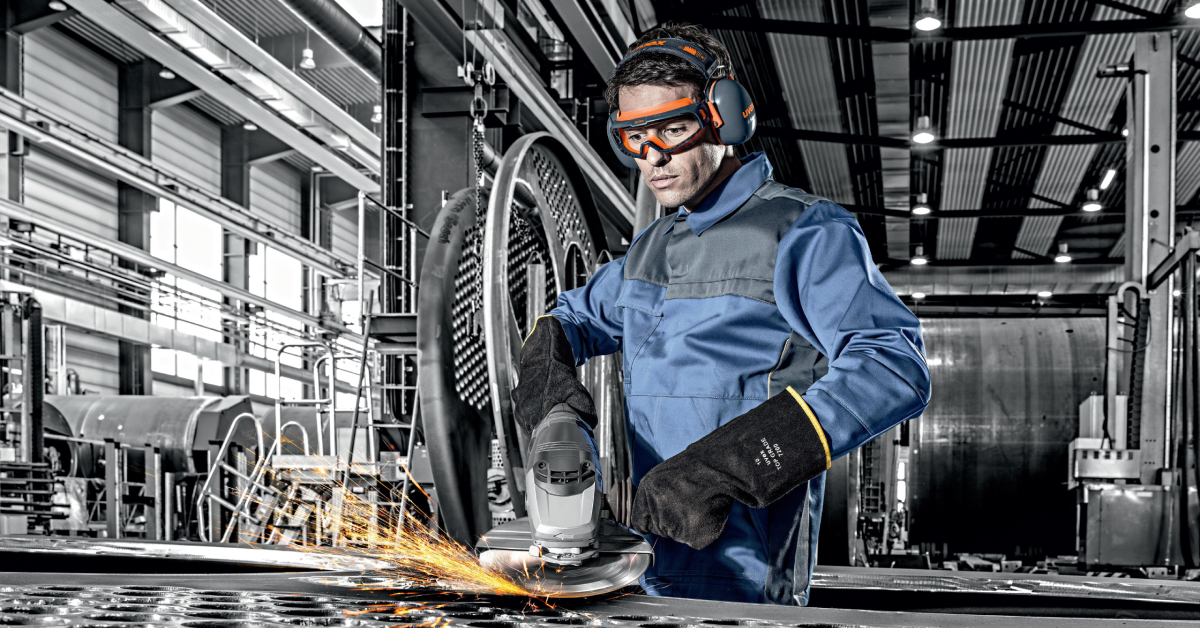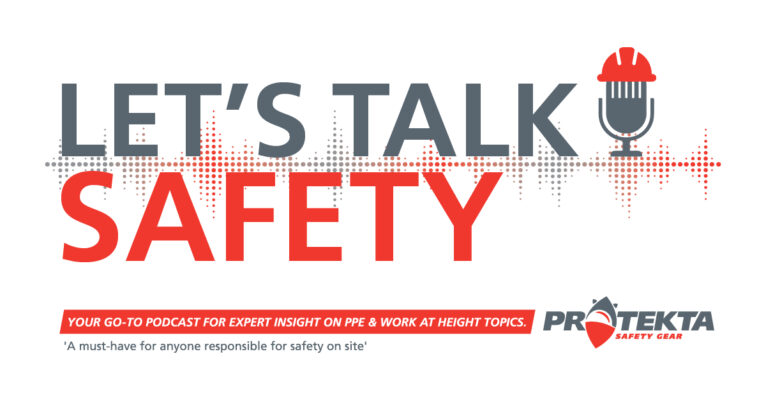Health and Safety, Hearing Protection
Guidelines for Effective Hearing Protection
Noise-induced hearing loss is now the leading occupational health concern in South Africa, surpassing even tuberculosis and silicosis, according to Dr. Balfour at the Mining Indaba. Despite regulations and improved PPE, hearing loss continues to rise. Why?
In a recent podcast episode of Let’s Talk Safety, we sat down with Jarryd Sarnepool from uvex to understand the disconnect and what steps safety professionals can take to close the gap between compliance and true protection.
A South African Perspective: Guidelines for Effective Hearing Protection
Jarryd shared a practical, South Africa-specific 7-step framework that safety officers can follow:
1. Conduct a Risk Assessment
Start by identifying the sources of noise in the workplace and apply the hierarchy of controls to manage the risk. At Protekta Safety Gear, we support our clients in using this structured approach to develop effective, practical safety solutions. PPE should always be the final line of defense, only considered once elimination, engineering, and administrative controls have been explored and implemented.
2. Get a Noise Assessment Done
Have a qualified occupational hygienist record time-weighted average noise levels per department. This must be done every two years and is required by law.
3. Select Compliant Hearing Protection
Only products tested to EN352 / SANS 50352 standards should be used. Look for this marking on packaging to verify compliance.
4. Calculate the Correct Protection Level
Use the SNR (Single Number Rating) formula to ensure the hearing protection brings residual noise levels down to between 70-80 dB. Beware: doubling up earplugs and earmuffs doesn’t mean double the protection.
5. Consider Practical & Environmental Needs
Choose products based on comfort, hygiene, user-specific ear canal shape, and environmental conditions (e.g. dirt, moisture, other PPE).
6. Provide Annual Training
Employers must train staff yearly on correct fitting, removal, cleaning, storage, and disposal of hearing protection and in multiple languages if needed.
7. Conduct Health Surveillance
Baseline audiometric testing must be done at the start of employment, annually thereafter, and again on exit. Records must be kept for 40 years.
Conclusion
Let’s Change the Narrative
Let’s shift from a tick-box compliance mindset to one that prioritises real-world impact. Hearing loss isn’t immediate, it happens gradually and is permanent. But the solution is simple if implemented correctly.
“Don’t wear earplugs to keep the safety officer happy, wear them to protect your quality of life,”
Contact us for more information on hearing protection or click here if you would like to view our hearing protection range.
Contact Us

